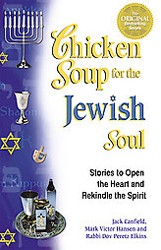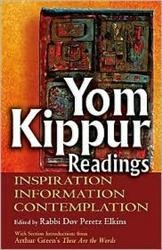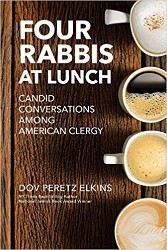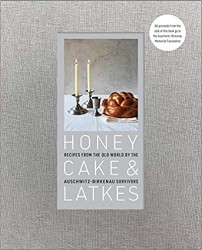During the period of the Holy Temple in Jerusalem, the Rosh Hashanah holiday service, consisting of sacrifices and appropriate Biblical readings as well as the sounding of the shofar ended fairly early in the day. Since Rosh Hashanah is not a pilgrimage festival, most Jews at the time simply read the appropriate verses corresponding to the sacrifices and accompanying the shofar blasts while gathered in their community centers (i.e. proto-synagogues). Fast forward to the present. Lengthy services often led by a cantor and choir are difficult to sit through for the average layman.
Those well-versed in Hebrew and schooled in rabbinical writings can follow the service and even be inspired. Many individuals, even in synagogues where English is incorporated and even where the service is somewhat truncated, need something current and contemporary to inspire them and to keep them involved in the themes of the day. For those wishing an explanatory companion to the text of the holiday prayer book, several are available. Those wishing to be inspired may also procure a number of Rosh Hashanah-themed books with essays and articles relevant to the holiday.
Rabbi Dov Peretz Elkins is a well-known rabbi, scholar and author. His New Year gift to us is this volume containing multiple nuggets from contemporary and classical writers to inspire, engage, and inform the reader. There are meditative pieces, thought-provoking snippets, inspirational paragraphs, devotional passages, thematic essays, didactic selections, as well as explanatory disquisitions. One can find readings relevant to the prayer service or to any of a wide range of topics associated with the many themes of the Jewish New Year. All the readings are congruent with modern sensiblities
The selection of topics is so vast that everyone can find something of interest. The sources are drawn from the entire range of Jewish and rabbinic literature. One finds in close proximity a Biblical prophet, a Talmudic rabbi, a medieval sage, a feminist rabbi, a non-Jewish author, and an Israeli poet. All contribute to a fuller understanding of the Rosh Hashanah experience.
The only annoying aspect of the otherwise excellent bibliography is the frequency with which he lists “personal correspondence” as the source of a thought or paragraph. Readers may find the other articles and books listed but would be hard pressed to access his letters from colleagues.
The readings are compelling and constitute a worthy companion to his previously published Yom Kippur Readings. Keep this book in your Talit bag.





